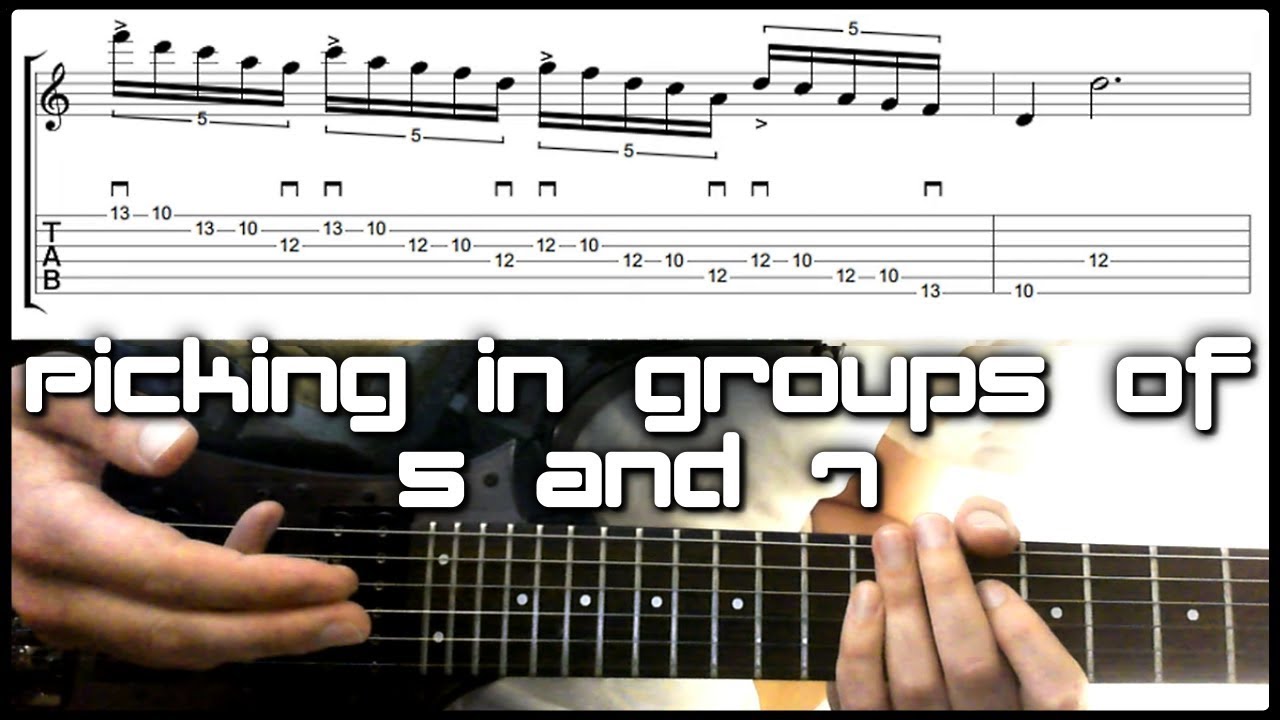Hey so I had a question about the synthetic function on the tabs. For the “Fives” and “Sevens” exercises in the Antigravity Seminar, the tabs are written out in groups of five and seven notes per beat, respectively, and the synthetic function plays it as such (i.e. five notes per beat). But when I listen to Troy play the exercises, I can’t help but notice that it sounds like he’s picking 6 notes per beat and just shifting the which note gets the downbeat each time. Am I right in assuming that this is what Troy’s doing? I really hope so haha because my tiny brain can’t comprehend these weird rhythmic note groupings…probably cuz I don’t listen to enough Tool. Any help would be appreciated. Thanks!
Hehehe I appreciated this 
I believe @Troy did not play these examples to a metronome, so the tabs are there mostly to give you an idea of what has been played and roughly at what speed. I think as a first step it’s totally cool to learn the examples with whatever subdivision feels the easiest for you!
Once you got the movements down in one rhythm I suspect it may become easier to try and change the time signature. Let us know if this works 
Hi - new to the group and site. I was searching for what I think is the same question. When playing 5 note cascades, how are they fit into beats? Are they symmetric and fit 6 to a beat so the starting point shifts, or four to a beat like 16th notes, or …? It’s a great question. If there is an answer somewhere a link would be helpful.
This link would support the hypothesis that was originally offered. Four notes of the fives pattern fit in as sixteenth notes, the fifth note is the first sixteenth in the next quarter note, and the start of the five not pattern keeps shifting. Hard to read, but easy to see in the score in this video:
Is this the EJ 5’s you’re referring to? If so, short answer is that it really doesn’t matter timing-wise. EJ is very loose with these. Sometimes just straight 16ths, which does indeed shift the 5th note to the next downbeat and creates a cool rhythmically displaced pattern. Other times it’s 5 evenly spaced notes, other times the first 3 notes are a bit rushed. It’s sort of all over the place from the way I hear it in EJ’s playing. The main thing these licks will help with is zeroing in on the motion needed. I’d say learning them as straight 16ths is valuable though because it forces you focus on a smooth motion and really control the 2 string sweeps, which have a tendency to want to speed themselves up a bit naturally. Once you have the movement down you can play them however you’d like rhyhmically.
Thanks Joe Begly. I’ll try both.

